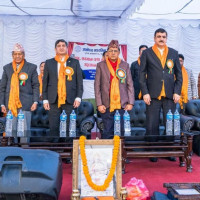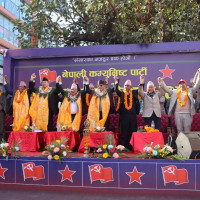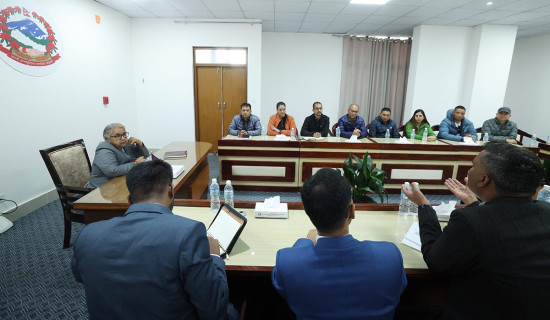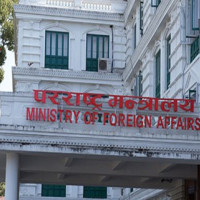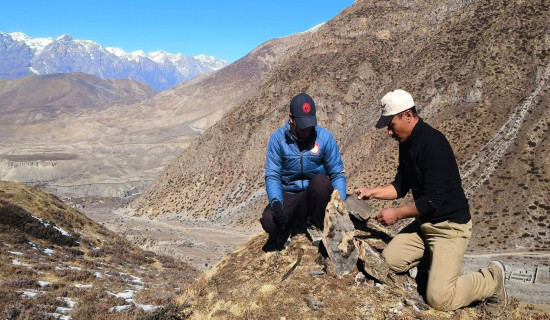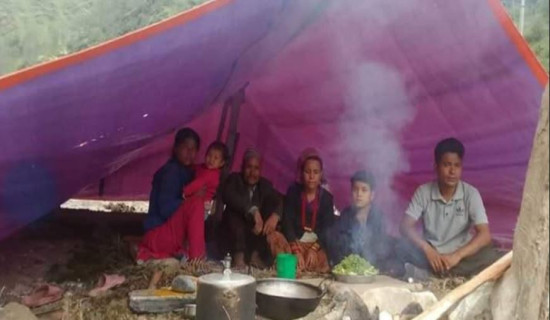- Monday, 1 December 2025
Prompt Disaster Response
Nepal goes through the turmoil of an intense and destructive monsoon every year. Unlike in the past, this time, the federal government paid special attention to strengthening the early warning system and disseminating information on a larger scale. Despite that, several human casualties were recorded, with more than 60 people losing their lives to monsoon-induced floods and landslides nationwide. If there had been inadequate disaster preparedness, the country would have witnessed many more fatalities. This illustrates how early warnings and the government’s proactive role can make a significant difference. More effective preparedness and prompt response, rescue and rehabilitation efforts are crucial for managing disasters.
Nepal’s monsoon season stretches from June to September. However, in recent times, the South Asian region has seen a serious surge in fatal floods and landslides. It is the growing climate change phenomenon that has worsened the frequency and intensity of rains. This time, torrential rain began on October 4, ending on October 6. The government reportedly issued more than 6.5 million messages on October 5, requesting people to move to safer places. Besides, security personnel were also mobilised in adequate numbers to inform people about the situation of the highways and to initiate road blockades to prevent people from moving.
This was imperative in view of the conclusion of the biggest festival of Dahain. A large number of people were trying to return to urban centres like Kathmandu after the celebration. Sadly, Ilam, located in Eastern Nepal, was worst hit by the monsoon mayhem. Settlement areas were hit by landslides, bringing an unprecedented situation. Besides, major highways like the BP Highway and Mechi Highway were badly impacted by the flood. While timely warning and evacuation systems are fundamental, Nepal now needs to address its larger structural weaknesses.
Firstly, it has to prioritise scientific infrastructure development. The country must pay close attention to introducing comprehensive watershed management. Under watershed management, efforts are focused on the creation, enhancement and maintenance of vegetation to reduce run-off and provide flood control. Likewise, the government also needs to devise strategies and policies for the resettlement of vulnerable communities in safer locations. For instance, the squatters residing along the Bagmati river banks face inundation problems every year. They are evacuated during flooding.
However, this is neither a long-term solution nor can it be. Risk-sensitive land use planning is fundamental to effectively map out flood-prone areas. Managing settlements and improving existing drainage systems are equally essential. Reports indicate that the government now requires as much as Rs.12 billion solely for the reconstruction of infrastructures destroyed by the latest floods and landslides. This indicates how devastating the rain-induced disasters were. Health experts have already pointed to a growing risk of a rise in communicable diseases like typhoid, dengue, and malaria, among others. If these diseases are not contained in time, they could turn into a health epidemic, causing a major public health crisis.
Nepal’s growing disaster risks can be tackled only through a holistic approach adopted by the government and the communities. All four pillars of disaster management, namely, risk reduction, response, relief and rehabilitation, should be given equal importance. Disaster management has now become the topmost priority for the country. Its diplomatic apparatus must be mobilised towards ensuring climate justice and securing climate finance. Besides, Nepal must go for sophisticated technology needed to effectively tackle natural disasters. From now on, adaptation is the only way out and this must be done in a resilient and strategic manner.




